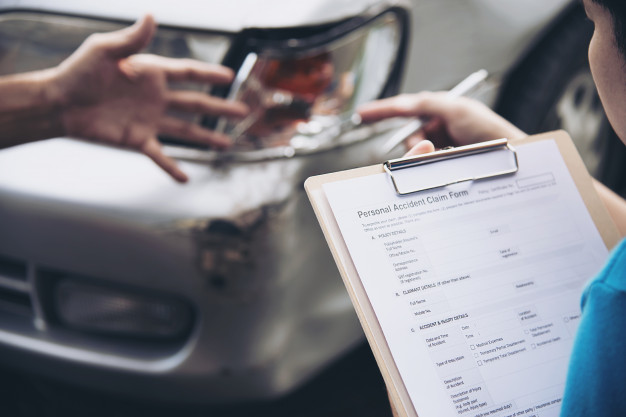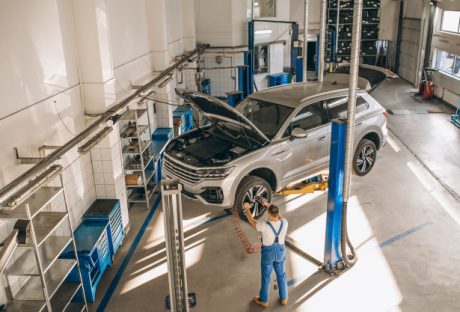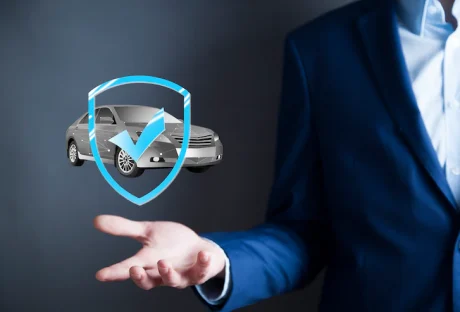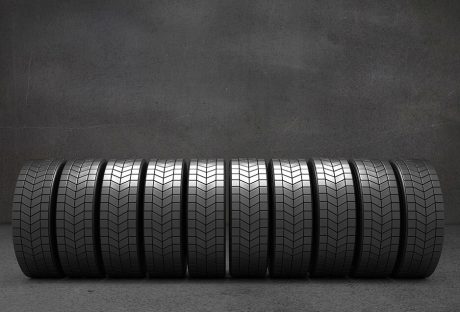In a different post, we’ve mentioned steps you can take in filing for a car accident claim. But in addition to knowing what guidelines to follow during the process, it is vital that you understand legal terms frequently used in claim-filing.
Legal matters related to car accidents and filing an accident claim is a rigorous process. Even with legal assistance by your side, you’ll need to know which term means what.
In this article, we have listed the most important legal terms you must be familiar with when filing for a car accident claim.
From your Kansas City car accident attorney to you, below is terminology you will encounter as you file for, investigate, evaluate, and submit your car accident claim.
Car Accident Claim-Filing Terms And Definitions-
When filing for a car accident claim, it’s important to check the insurance you already have. However, there are some legal terms and insurance terms you must be familiar with to get through the process easily.
1. Burden Of Proof:
“Burden of proof” is the term used to describe the actual task and act of proving yourself innocent in an accident claim. And proving damages wrought and injuries incurred which you believe (and calculate) worthy of the value you specify in your claim.
You, being the plaintiff (the person who is stepping forward to present the claim), have the burden of proof as you “prove” to the courts or the party of the defendant your right to said claim.
2. Liability:
“Liability” refers to one’s “debt” or “responsibility” in coming up with recompense for the car accident and for causing the car accident in the first place. The party that is liable for the car accident claim is also called the “defendant,” “accused,” “appellant,” and “respondent.” Other categories of crime use the term “suspect” as well.
Besides pointing out who the liable persons are in a car accident, this can be established and legally determined through pieces of evidence in the accident scene, police reports and related documentation, vehicular damages, injuries, statements from bystanders and witnesses, traffic violations (via recorded evidence), etc.
3. Claim:
A legal claim is a request a person can make for court review, wherein you state evidence-supported reasons at the outset for why the claim is being presented.
Technically speaking, a claim falls outside the bounds of a “legal case” and will transition into it only if the claim is denied and/or a settlement is not concluded.
4. Settlement:
In law, a settlement is a conclusion, the coming-to-terms, or the agreement of litigants regarding the particulars mentioned in your claim. Reaching a settlement means that the defendant is amenable to it and is willing to provide compensation for the car accident, with the exact value specified in the same claim.
When a settlement is reached, you will not have to escalate the claim into a court case. Also, reaching a settlement should be the goal of your claim submission.
5. Uninsured Motorist Coverage (UIM):
Some states in the U.S., Missouri included, require that drivers sign up for UIM or Uninsured Motorist Coverage. A UIM is a kind of insurance that protects drivers in the event that the perpetrator of the accident does not have any insurance coverage.
Losses, or portions of it, can be covered by the UIM. The amount in a UIM will depend on your policy’s terms and limits.
6. Actual Cash Value:

This is a phrase used to define what the damaged automobile’s market value is. Think of it as what the value or “price” your car would have borne right before the accident took place.
7. Negligence
When filing for a car accident claim, it’s important to know about different terms. Negligence is one of them. This term is used when a car accident is caused by the actions or inactions of a driver.
Their lack of care can cause harm to another person, making them liable for the damage done. However, to win this lawsuit, the victim has to prove that the driver was negligent.
8. Tort:
Tort suggests a wrongful act committed to a person which leads to an injury. This prompts an injured person to damage another person. This makes the injured file for a lawsuit for a remedy in the Civil Court. Someone with tort insurance can sue a person who was responsible for the accident.
9. Adjuster:
An adjuster is a professional who works for the insurance company to negotiate a fair settlement between the policyholder and the company. They work to reach a mutually beneficial compensation for the loss or damage done due to the accident.
They make a proper assessment of the claim and talk to the claimant and other witnesses. The adjuster also has to witness the property in question. It’s also their responsibility to review the relevant documents.
10. First Notification of Loss (FNOL):
Here’s the initial notice provided to the insurer by the people holding a policy when the insured faces an unfortunate accident. One can see it as the first important step for filing a claim under the car insurance policy. This application is filed when your insurer gets the first notice of you filing for the damage, loss, or theft.
11. Third-Party Liability Cover:
Third-party liability insurance is a type of policy covering a person against any legal liabilities they incur due to accidents. The coverage under this liability insurance is provided when the person under insurance causes harm to another third party.
12. Comprehensive Policy:
Here is another insurance-related term one should know to cover themselves from vehicle accidents. This insurance coverage provides all-round protection from uncertainties and risks associated with accidents. It can be due to damage to your vehicle, unforeseen disaster, theft, etc.
Conclusion
When dealing with car insurance claims, you mustn’t forget all the different terms we have mentioned in this article. While most of them are related to legal matters, some terms are also related to insurance policies and companies.
Did you find this article helpful? Share your thoughts in the comment section. Thank you for reading.
Read Also:























All Comments
Balony Jednorożce
I appreciate the thought and effort you put into this post. It's both educational and engaging.